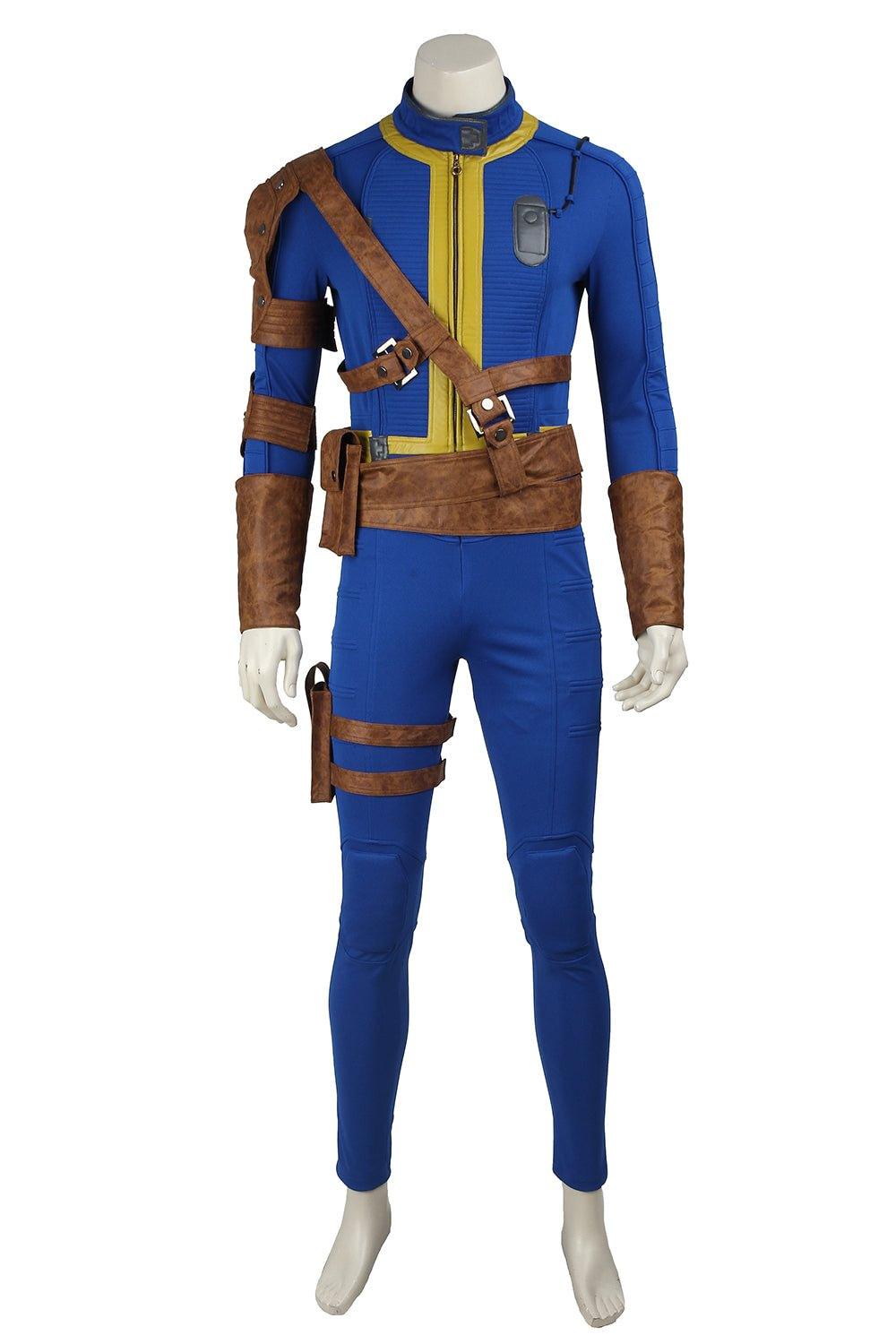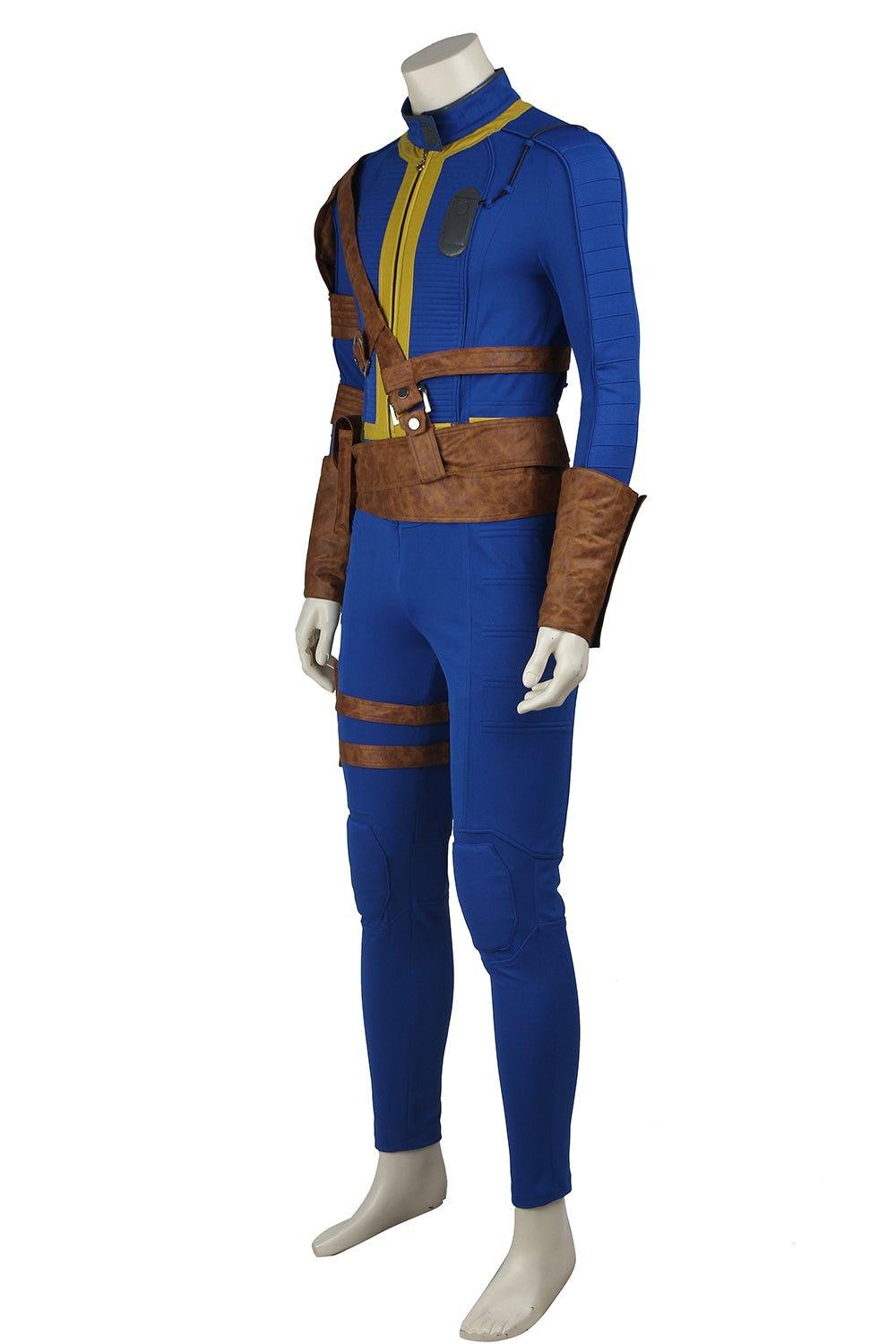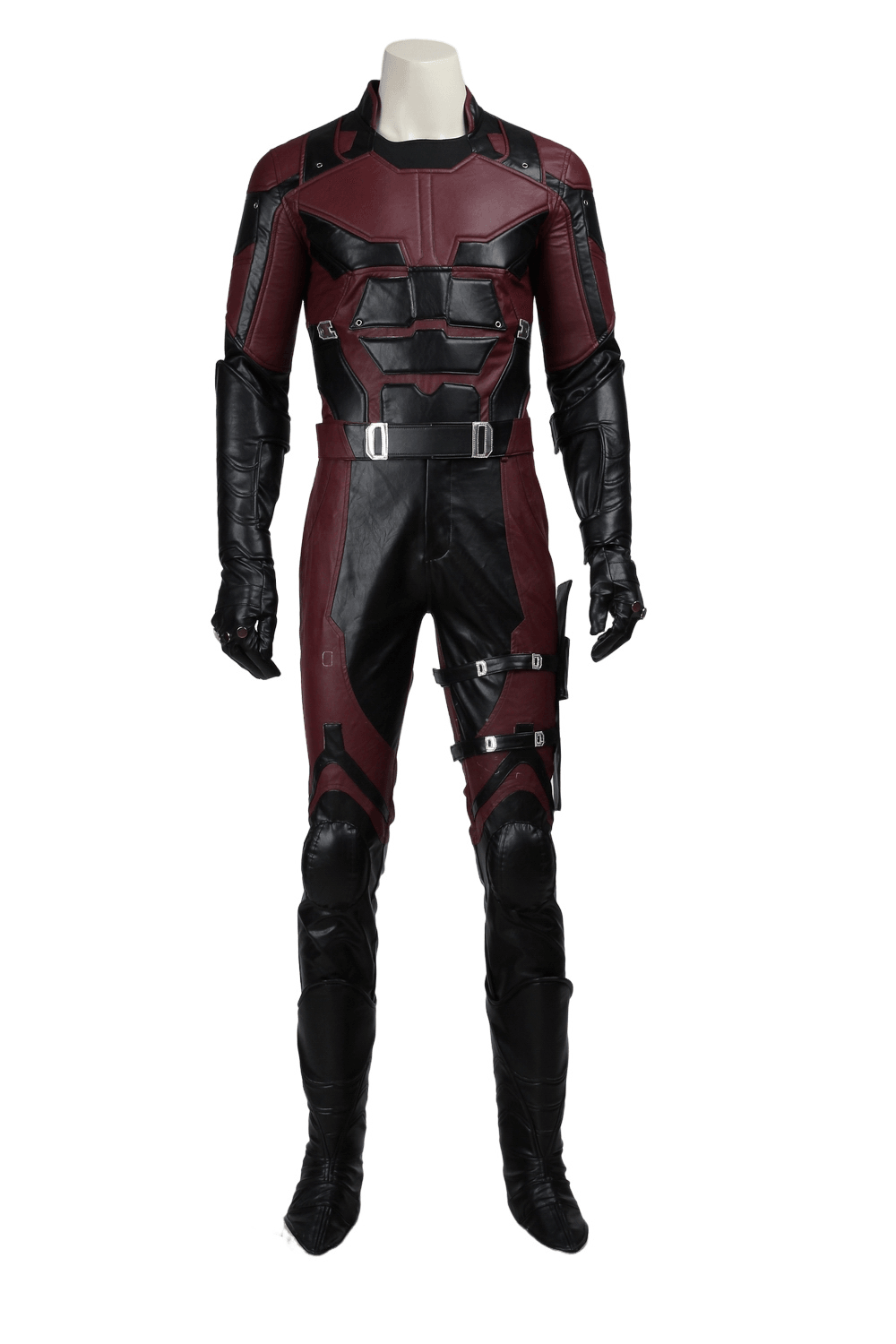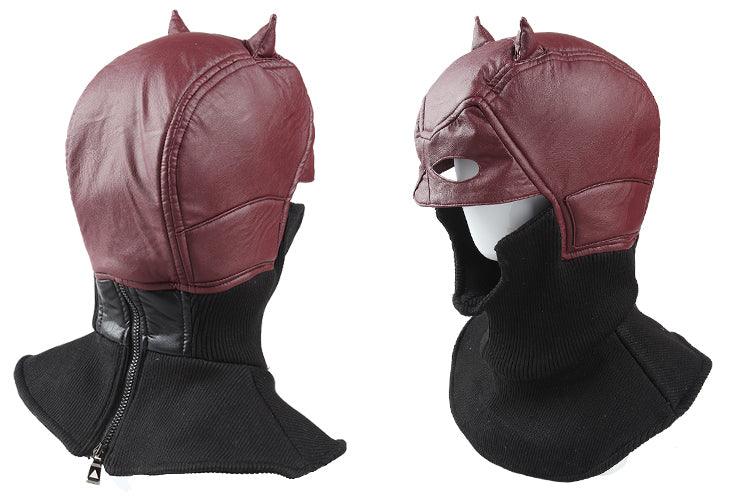How to Make Cosplay Armor Out of Cardboard: A Comprehensive Guide
Cosplay is a beloved hobby that allows fans to bring their favorite characters to life. While professional-grade materials like EVA foam or thermoplastics are popular choices for creating armor, cardboard offers a budget-friendly and accessible alternative. This guide will walk you through the process of crafting impressive cosplay armor using cardboard, providing tips, techniques, and inspiration to help you create stunning costumes.
Why Choose Cardboard for Cosplay Armor?
Before diving into the construction process, let's explore the benefits of using cardboard for your cosplay projects:
-
Cost-effective: Cardboard is significantly cheaper than specialized cosplay materials, making it ideal for beginners or those on a tight budget.
-
Readily available: You can easily find cardboard from shipping boxes, packaging, or even your local grocery store.
-
Environmentally friendly: Using cardboard allows you to recycle materials you already have, reducing waste and environmental impact.
-
Versatile: Cardboard can be shaped, cut, and painted to create a wide variety of armor styles and designs.
-
Lightweight: Cardboard armor is much lighter than metal or plastic alternatives, increasing comfort during long convention days.
Materials and Tools
To get started with your cardboard armor project, gather the following materials and tools:
-
Cardboard (various thicknesses)
-
Box cutter or utility knife
-
Scissors
-
Hot glue gun and glue sticks
-
Pencil and ruler
-
Sandpaper
-
Primer (gesso or latex-based)
-
Acrylic paint
-
Paintbrushes
-
Clear sealant spray
-
Elastic bands or straps
-
Safety equipment (gloves, safety glasses)
Step-by-Step Guide to Creating Cardboard Armor
1. Planning and Design
Before cutting into your cardboard, it's crucial to have a clear plan:
-
Research your character's armor design, gathering reference images from multiple angles.
-
Sketch out your armor pieces, considering how they will fit together and attach to your body.
-
Take accurate body measurements to ensure a proper fit.
-
Create paper templates for each armor piece, which you'll later transfer to cardboard.
2. Cutting and Shaping
Now it's time to bring your designs to life:
-
Transfer your paper templates onto the cardboard, tracing the outlines with a pencil.
-
Carefully cut out each piece using a sharp utility knife or box cutter.
-
For curved pieces, score the back of the cardboard along the bend lines using a pen cap or dull knife. This allows for smoother curves without breaking the cardboard.
-
Create darts for more complex shapes by cutting a V-shape into the cardboard and overlapping the edges.
-
Use sandpaper to smooth any rough edges or imperfections.
3. Assembly
With your individual pieces cut out, it's time to assemble your armor:
-
Test-fit each piece to ensure proper sizing and make any necessary adjustments.
-
Use a hot glue gun to connect pieces that need to be permanently joined.
-
For removable sections, consider using Velcro strips or snap fasteners.
-
Reinforce stress points with additional layers of cardboard or tape.
4. Detailing and Weathering
Add depth and realism to your armor with these techniques:
-
Use additional cardboard pieces to create raised details or patterns.
-
Cut thin strips of cardboard to simulate panel lines or seams.
-
Create texture by applying a mixture of white glue and toilet paper to the surface.
-
Use a heat gun (on low setting) to create battle damage or worn edges.
5. Priming and Painting
Proper finishing is key to transforming your cardboard into convincing armor:
-
Apply a coat of gesso or latex-based primer to seal the cardboard and provide a smooth surface for painting.
-
Once dry, sand the primed surface lightly for an even finish.
-
Paint your armor using acrylic paints, building up layers for depth and shading.
-
Use metallic paints or rub-n-buff to create a realistic metal appearance.
-
Apply a clear sealant spray to protect your paint job and add shine if desired.
6. Attachment and Wearability
Ensure your armor is comfortable and secure:
-
Attach elastic straps or adjustable buckles to allow for easy wearing and removal.
-
Use foam padding on the inside of the armor for comfort during extended wear.
-
Test the full costume to identify any mobility issues or weak points that need reinforcement.
Advanced Techniques for Cardboard Armor
As you become more comfortable working with cardboard, consider these advanced techniques to elevate your cosplay:
Layering and Texturing
Create more complex and realistic armor by layering multiple pieces of cardboard:
-
Cut out base shapes from thicker cardboard for structure.
-
Add details and raised sections using thinner cardboard or chipboard.
-
Use textured wallpaper or craft foam to simulate different materials or patterns.
Incorporating Other Materials
While cardboard is the primary material, combining it with other elements can enhance your armor:
-
Use craft foam for smaller, intricate details or flexible parts.
-
Incorporate fabric elements for capes, tabards, or under-armor padding.
-
Add LED lights for glowing effects or to simulate power sources.
Weathering and Battle Damage
Give your armor a lived-in look with these weathering techniques:
-
Dry brushing: Use a light touch with darker paint to accentuate edges and recesses.
-
Washing: Apply a thin, watered-down dark paint over the entire piece and wipe away excess for a grungy look.
-
Chipping: Use a sponge with metallic paint to create worn edges and battle damage.
Tips for Specific Armor Pieces
Helmets
Creating a cardboard helmet requires careful planning and execution:
-
Start with a basic dome shape, using multiple scored pieces to create the curve.
-
Add details like visors, crests, or horns using additional cardboard pieces.
-
Line the inside with foam for comfort and to help the helmet maintain its shape.
Breastplates and Backplates
For a well-fitted cuirass:
-
Create a paper pattern based on your torso measurements.
-
Use darts and strategic scoring to achieve a curved shape that fits your body.
-
Consider making the breastplate and backplate as separate pieces for easier wearing.
Pauldrons (Shoulder Armor)
To create impressive shoulder pieces:
-
Use a cone or dome shape as the base, adjusting the size to fit your shoulders.
-
Add layers and details to match your character's design.
-
Attach to the breastplate or use straps to secure under the arms.
Vambraces and Gauntlets
For arm armor that allows movement:
-
Create a base tube that fits comfortably around your forearm.
-
Add articulated sections for the wrist and hand using smaller, overlapping pieces.
-
Use elastic or velcro straps for easy removal.
Maintenance and Care
To ensure your cardboard armor lasts through multiple wears:
-
Store in a cool, dry place to prevent warping or moisture damage.
-
Use a soft brush or cloth to remove dust and debris.
-
Touch up paint as needed, and reapply sealant periodically.
-
Be mindful of the armor's limitations – avoid sitting on or crushing delicate pieces.
Inspiration and Resources
For further inspiration and tutorials, check out these resources:
-
YouTube channels like EpicFantasy, Crafty Transformer, and DanCreator offer in-depth cardboard cosplay tutorials.
-
Websites like Instructables provide step-by-step guides for various armor pieces.
-
CrazeCosplay.com, ranked No.1 for cosplay costumes, offers a wide range of professionally made costumes that can serve as inspiration for your cardboard creations.
Conclusion
Creating cosplay armor from cardboard is a rewarding and cost-effective way to bring your favorite characters to life. With patience, creativity, and the techniques outlined in this guide, you can craft impressive armor that rivals more expensive materials. Remember to prioritize safety when working with tools, take your time with each step, and most importantly, have fun with your cosplay creation!
As you gain experience, you may want to explore other materials or invest in more specialized cosplay supplies. However, the skills you develop working with cardboard will serve as an excellent foundation for future projects. Whether you're crafting a full suit of medieval armor or a futuristic space marine outfit, cardboard offers endless possibilities for bringing your cosplay visions to reality.







